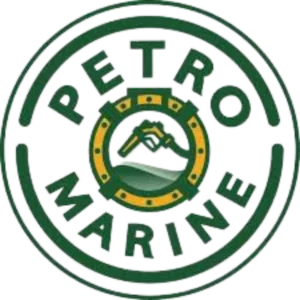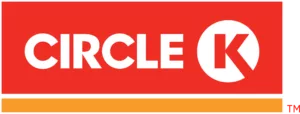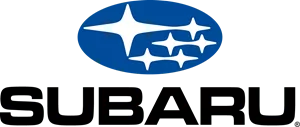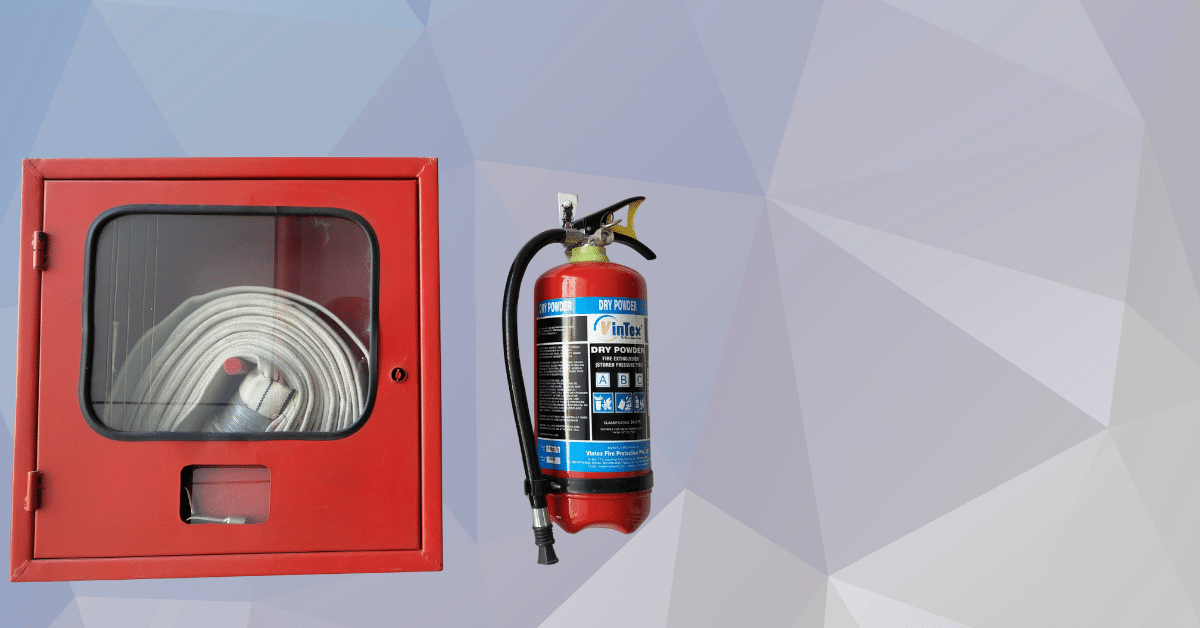All business leaders are familiar with the stomach-dropping call. For a transportation manager, it could be a state police officer on the highway halting one of their trucks. The inspection reveals incomplete log entries, an expired medical card, or a brake problem that could have been avoided. Instantly, a day of planned deliveries becomes fines, downtime, and irate customers.
Incidents such as these are not uncommon—these are the mundane truths of why DOT Compliance training is important. Prevention is not just about protecting the bottom line; it keeps the business gears well-oiled. A business that takes compliance lightly will know it sooner or later, in delayed deliveries, accidents, or fines that cut into hard-won profits.
Make DOT Compliance Work to Stay Ahead of Threats
Operating a fleet is not just trucks and drivers—it’s people, deadlines, and an ever-balancing act between safety and regulation. The problem is that DOT rules change more frequently than most realize, and workers often feel as though they’re working with a rulebook that might as well be written in a foreign language.
When crews aren’t receiving regular DOT Compliance training, errors enter the mix. One driver may forget to fill out an inspection form properly, another forgets a new Hours of Service update. Those small cracks spread rapidly to large issues. Training makes workers confident in dealing with compliance as a part of their daily routine rather than an exam they fear they’ll fail.
Consider it like routine car maintenance. Miss a few oil changes, and the engine may still keep going—but sooner or later, the neglect comes back to haunt. Training serves that same function for individuals and processes: it keeps small mistakes from snowballing into breakdowns that take the whole operation out of commission.
Why It Matters Now
The speed of today’s business has never been quicker. Online retail has put more trucks on the road than ever before, and regulators feel compelled to make highways safer. That translates into more inspections, more audits, and more eyes on transportation-dependent businesses.
Disregard for DOT Compliance training is more than a matter of paperwork—it can result in suspended operating authority, increased insurance rates, and even loss of significant contracts. Buyers want partners they can trust, and a solid compliance record often serves as the quiet handshake behind business relationships.
To smaller companies, this can be the difference between getting a contract and losing out to rivals with impeccable compliance records. For bigger firms, it can reverberate across jurisdictions, giving rise to reputation risks that are difficult to fix. The message is straightforward: training is no longer an option in today’s environment. It’s a competitive edge in plain sight.
The Bigger Picture
The Federal Motor Carrier Safety Administration (FMCSA) records thousands of infractions each year, quite a number of which are directly attributed to training inadequacies. Behind each statistic lies a ripple effect: an operator who gets to miss supper with his children because he’s held at a weigh station, a customer pacing nervously for a shipment, or a company struggling to restore its reputation after a string of expensive fines.
DOT Compliance training is more than checking off rules. It transforms regulations into a code of conduct employees understand and trust. Instead of memorizing lines from a manual, workers develop habits that protect people on the road and allow companies to make promises—and keep them.
Without it, compliance becomes a burden. With it, compliance becomes second nature.
Practical Strategies & Tools
So how does a business make DOT Compliance training stick? It begins at the very beginning. Onboarding does not merely involve job tasks; it must integrate compliance into the fabric of what it is to work for the business. When new employees learn right from the first day that compliance and safety are not optional, it sets the tone for their career.
The discussion can’t end there. Refresher training needs to take place regularly, especially when the rules change. Technology assists too—fleet management software, electronic logging devices, and mobile platforms can make it easier to comply, but only if workers learn how to utilize them in a useful way.
Even small tools carry weight: pocket cards with inspection steps, instant mobile reminders, or laminated checklists in truck cabs. Supervisors can turn inspections into learning opportunities instead of punishments, encouraging employees to view compliance as support rather than stress.
Investing in these methods may seem time-consuming, but they build resilience. A team that knows what to do in every compliance scenario saves countless hours of frustration later on.
Role of Support & Community
Compliance is not someone’s sole responsibility. Drivers, dispatchers, mechanics, and office workers are all responsible. When everyone is trained, responsibility comes naturally. A driver might remind a colleague to log hours, and a dispatcher notices discrepancies before they land on an auditor’s desk.
When compliance is a common language, individuals hold one another accountable. Such teamwork builds a culture in which errors are caught early and addressed without finger-pointing. Rather than fear or blame, the climate turns to one of mutual protection: “We all get ahead when we play by the rules.”
Firms that promote this type of collaboration find that compliance builds stronger workplace relationships. Rather than being seen as “management’s job,” it becomes everybody’s mission.
Stories & Examples
Consider the case of a local trucking company that decided to introduce monthly compliance seminars. At first, drivers resisted, thinking it would be one more thing to worry about. But when managers used the sessions to provide answers to questions and discuss actual-life concerns—such as updates to Hours of Service or frequently made inspection errors—the drivers started to value the advice. In six months, roadside infractions decreased by almost half.
In a third instance, a transportation company gave laminated quick-reference cards for pre-trip inspections to its drivers. Drivers said they felt more comfortable making DOT stops, and the word quickly spread that the cards prevented them from forgetting essential steps. Small, practical actions like these have a way of producing quantifiable dividends.
These anecdotes support a broader truth: when organizations make compliance training relevant and useful, workers accept it, and the organization as a whole reaps rewards.
Sustaining the Change
The true test isn’t beginning—it’s maintaining the pace. Habits matter. Yearly audits act like mirrors, reflecting the company’s progress. Driver and employee feedback helps keep training current rather than generic. When leadership actively participates, employees take compliance seriously as well.
Consistency converts compliance into strength. It earns regulators’ trust, saves employees, and differentiates companies in competitive markets. A business firm with a solid safety record and compliance dependability stands taller when bidding on contracts or negotiating with partners.
Dedicated effort makes the difference between playing catch-up to solve problems and having confidence in preventing them.
Takeaway & Call-to-Action
So why is DOT Compliance training so important to companies? Because it defends more than profits. It protects drivers who should make it home safely, customers who rely on on-time deliveries, and businesses that want to grow without getting caught off guard by avoidable errors.
The companies that invest in training find that compliance isn’t red tape. It’s the key to safe, reliable operations. When training is a priority, companies don’t get the stomach-dropping phone calls, the expensive fines, and the damage to reputation.
The choice is simple: invest in information that prepares employees for what’s coming down the road, or risk having your company vulnerable to mistakes that could have been avoided in the first place. The companies that opt for training opt for resilience, safety, and expansion.


















